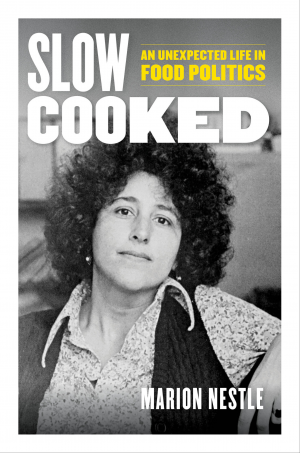Sylvie Bigar’s memoir, Cassoulet Confessions, combines an investigation into the author’s dysfunctional family and the cassoulet, a dish native to Southern France. She first explores troubling childhood memories involving her tough-to-reach father and disturbed older sister, her continuously evolving relationship with her Jewish identity, and her parents’ and grandparents’ movements across Europe before and after the Second World War. Then, she joins forces with Eric Garcia, a famed cassoulet chef who teaches her both the history of the dish and methods for preparing it.
While Bigar’s family’s history and her pursuit of the perfect cassoulet are equally captivating, the connection between Bigar’s passion for the stew and her family story does, at times, feel somewhat tenuous. Passages regarding her mother’s experience during World War II, for instance, occupy multiple chapters without being refracted through Bigar’s experience of understanding cassoulet. As a result, it can be difficult to fully understand why certain sections are placed alongside others.
That being said, Bigar’s writing is strong, especially where it describes the senses. Since Bigar is an experienced food and travel writer, this should come as no surprise. Her renderings of the cassoulet’s taste and texture are thorough and sharp, as are the details about the country roads she drives along to reach cassoulet destinations and the shape and grandeur of her childhood home in Geneva. This talent is put to great use as Bigar takes the reader to New York, Carcassonne, Paris, Toulon, Lausanne, and other cities, covering events in the mid-twenties all the way up to the early 2010s.
Just as vivid is Bigar’s presentation of the many eccentric characters she meets during her cassoulet journey. Experts feud with one another over how the cassoulet is meant to be prepared, how it originally came to be. From a distance, their fighting can seem petty, but Bigar does well to convey the importance of the dish — not just for these individuals, but for the culture as well — such that the reader, too, will take an interest.
Bigar closes the book with a parting gift: She offers a collection of cassoulet recipes, each inspired by a visit on her cassoulet tour. Many take multiple days to prepare, but Bigar concludes with a simpler version — “The Gateway Cassoulet” — which, like the book itself, is an absolute treat.
Benjamin Selesnick is a psychotherapist in New Jersey. His writing has appeared in Barely South Review, Lunch Ticket, Tel Aviv Review of Books, and other publications. He holds an MFA in fiction from Rutgers University-Newark.




